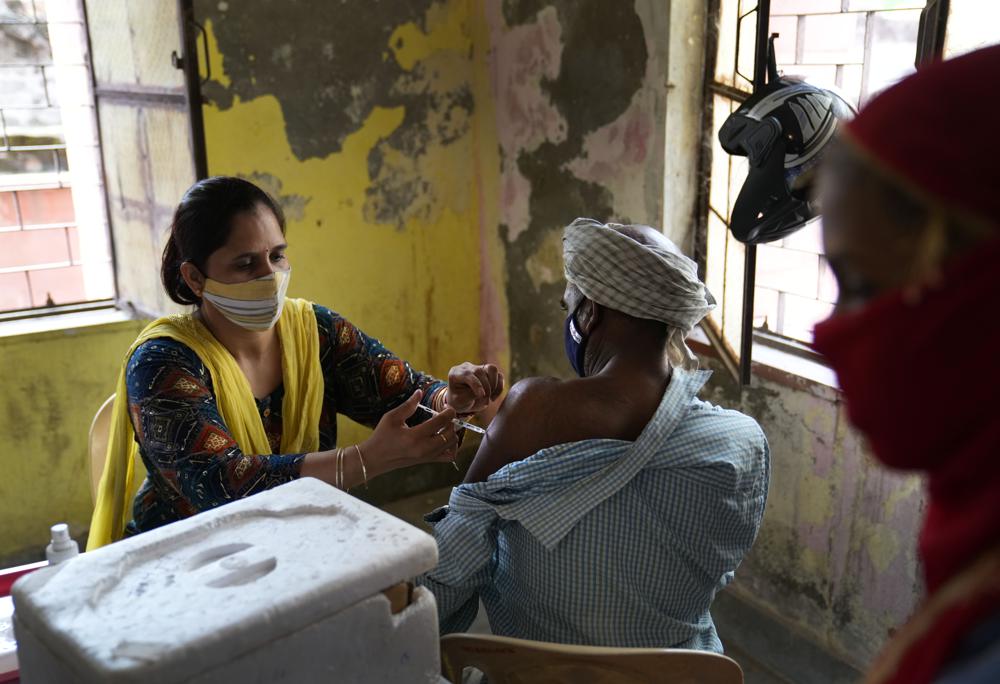Modi tranforming rural India with cutting edge technology: Jitendra
Union Minister Dr. Jitendra Singh on Saturday said that Prime Minister Narendra Modi's visionary initiatives seek to empower rural India with cutting edge technology.
Of the nearly 120 million shots administered in the past three weeks, around 70% were in India’s villages — up from around half in the initial weeks of May.

India has dramatically increased COVID-19 vaccinations in its vast rural hinterland, where around 65% of the country’s nearly 1.4 billion people live. But supply constraints remain for the world’s largest maker of vaccines and experts say it’s unlikely India will reach its target of vaccinating all adults by the end of the year.
India opened shots for all adults in May. But the campaign faltered in villages due to vaccine hesitancy and misinformation. That started changing in mid-July and of the nearly 120 million shots administered in the past three weeks, around 70% were in India’s villages — up from around half in the initial weeks of May.
Advertisement
Although the increased vaccine acceptance in rural areas is promising, the pandemic is far from done in India: After weeks of steady decline, the 46,000 new infections reported Saturday was its highest in almost two months.
Advertisement
Only about 11% of India’s vast population is fully vaccinated. Half of all adults and about 35% of the total population have received at least one shot. This has left large swathes of people still susceptible to the virus.
Several nations, including the U.S. and Israel, are offering or plan to offer booster shots to people, deepening global vaccine inequity. India was expected to be a pivotal producer of shots to immunize the world but stopped exports after an explosion of infections. And while India had expected to get 1.35 billion shots in the final five months of 2021 to resolve its supply constraints, the question of whether Indian vaccine makers can scale up production to meet India’s needs will have global implications.
“Currently in India, there is more demand than available supply…the supply of vaccines currently in use is lower than the projections made a few months ago. So both of these situations are putting constraints on the availability of vaccines in the country,” said Dr. Chandrakant Lahariya, a vaccine policy expert.
India is no stranger to mass immunizations, but this is the first time that shots are being given at this scale, and to adults. Officials have blended strategies that were successful in the past with newer, more localized innovations.
India has the infrastructure to vaccinate up to 10 million people daily, but is averaging between 5 million and 6 million, he said.
So far, nearly 90% of the vaccines administered were the AstraZeneca shots made by the Serum Institute of India. The government hopes to solve the supply constraints that have hamstrung the vaccination effort with new production lines as well as the approval of a new homemade vaccine and another in the Covid pipeline.
India hopes that Bharat Biotech will make around a third of the 1.3 billion shots it needs. The company has struggled so far in scaling up and while a new facility, capable of making 10 million shots monthly, began production last week, the company is looking for international manufacturing partners.
Advertisement